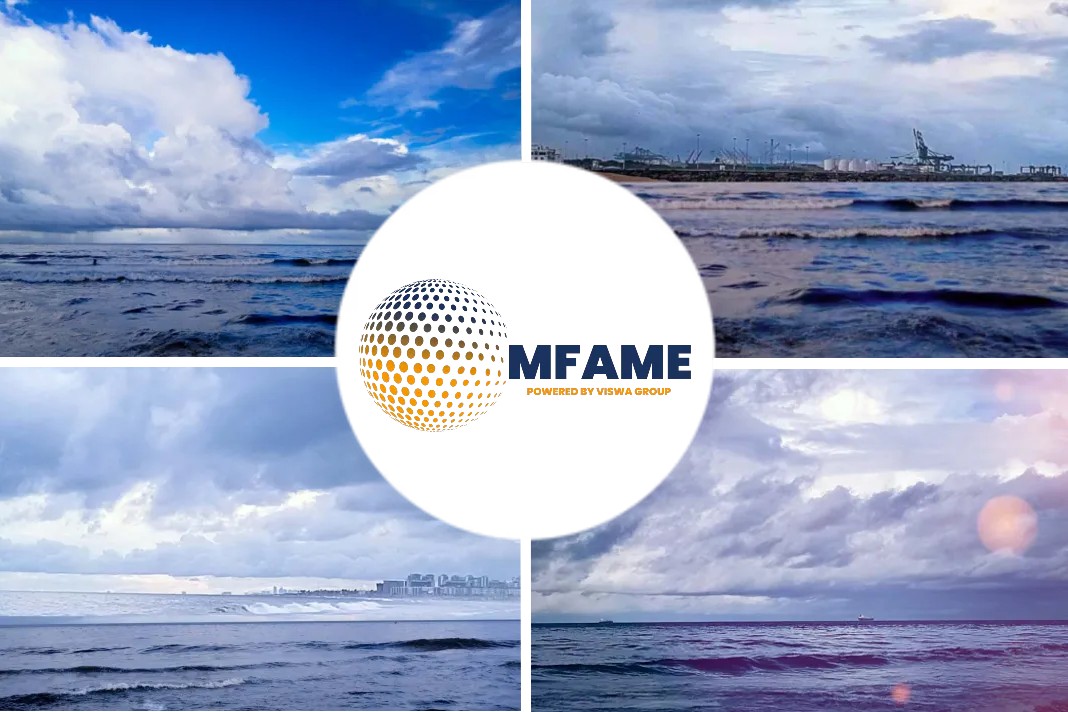
IMO study makes the case for more ambitious green targets, writes Sam Chambers for Splash 247.
Shipping’s decarbonisation
A study commissioned by the International Maritime Organization (IMO) shows that the hurdles regularly cited barring the way to shipping’s decarbonisation are all surmountable.
The study, which has been sent to the Marine Environment Protection Committee (MEPC) which meets in London this July, potentially paves the way for member states to agree on more ambitious green goals for the industry.
Penned by environmental consultancy Ricardo-AEA and class society DNV, the IMO report argues that the technical and commercial readiness of candidate fuels and technologies, as well as the infrastructure and shipyard readiness to transition the global fleet are all manageable, and should not be seen as barriers.
What will be needed is a clear signal of demand, something which could come from the forthcoming revised IMO greenhouse gas (GHG) strategy due for debate in the UK capital this summer.
All three decarbonisation scenarios – 50%, 80% and 100% GHG reduction by 2050 – considered in the study are expected to be feasible in 2040 and in 2050 if policies to deliver an increased level of ambition are implemented in the short term.
Planned investments and announced projects
Considering that the planned investments and announced projects on candidate fuel production towards 2030 are still conservative, achieving a possible 2030 target of 45% GHG reduction in the 100% reduction scenario could be “challenging”, the study concedes.
UMAS, a commercial advisory service affiliated with the UCL Energy Institute at University College London, issued a report earlier this month looking at the ways in which a 1.5ºC-aligned pathway could be achieved, providing some scenarios for the respective role of fuel substitution and energy efficiency in meeting 2030 reduction targets.
The International Maritime Organization’s greenhouse gas debates have centred on the fuel transition, which is key for the ultimate transition to zero emissions, but absolute emission reductions required this decade can mostly be unlocked with efficiency, the UMAS report suggested.
The Science Based Targets Initiative announced maritime guidance in November 2022 to guide stakeholders in the shipping industry to align their commitments to an IPCC-derived 1.5ºC pathway. The magnitudes of GHG reduction, 37% in 2030 and 96% in 2040 on a 2008 baseline, have also been championed by a number of developed and developing country governments as the targets that IMO should use in its revised GHG reduction strategy – due for adoption at MEPC 80 in July this year.
Change in energy efficiency
The UMAS report shows that irrespective of how new fuels enter the global fleet, the nearer term 2030 target predominantly needs a further step change in energy efficiency in the global fleet by 2030, approximately 40% improvement in efficiency compared to 2018, or 55-60% greater efficiency than the fleet’s average efficiency in 2008. These are similar to the approximately 32% efficiency increase seen between 2008-2018 but are significantly higher than the target set in the IMO’s initial strategy.
Jean-Marc Bonello, principal consultant at UMAS said significant gains in energy efficiency through technologies, including wind assist, and operational measures are needed this decade.
“There are well known options, that will not see significant uptake without much stronger regulatory and voluntary focus and attention,” Bonello said.
In terms of the changing fuel mix, UMAS is championing the build-up of hydrogen-derived fuels’ supply chain development this decade. This is not because these fuels such as ammonia will have a significant impact on GHG emissions in 2030, but because without action in the 2020s, the scale-up will not enable the deeper GHG reductions required by 2040. In parallel, action and policy is also needed to ensure the efficiency opportunities are exploited across the global fleet.
Tristan Smith from UMAS said: “International shipping is currently on track for a complacent 2020s, followed by a highly disruptive 2030s caused by a turbulent, expensive and late fuel transition. The greater the efficiency gains in the 2020s, the lower the investment needs and costs associated with fuel transition, and the longer the time available for fuel transition. At present the 2030 ambition/target and by association the efficiency opportunity, are not getting the attention they deserve, at the expense of the industry and those it serves.”
Did you subscribe to our daily Newsletter?
It’s Free! Click here to Subscribe!
Source: Splash 247





















